'Boys should have the courage to ask a girl out' : gender norms in early adolescent romantic relationships
Authors & affiliation
Sara De Meyer, Anna Kagesten, Kristin Mmari, Juliet McEachran, Elisa Chilet-Rosell, Caroline W Kabiru, Beatrice Maina, Elena M Jerves, Candace Currie, Kristien Michielsen
Abstract
Purpose: The purpose of the study is to explore how gender norms emerge in romantic relationships among early adolescents (EAs) living in five poor urban areas. Methods: Data were collected as part of the Global Early Adolescent Study. The current research analyzed data from interviews with 30 EAs (aged 11-13 years) living in five poor urban sites: Baltimore, Cuenca, Edinburgh, Ghent, and Nairobi. All interviews were recorded, transcribed, and analyzed in English using Atlas.ti, focusing on how EAs experience and perceive gender norms in romantic relationships. Results: Across the five sites, only a few respondents described having been in love, the majority of whom were boys. Findings indicate that stereotypical gender norms about romantic relationships prevail across these cultural settings, depicting boys as romantically/sexually active and dominant, and girls as innocent with less (romantic) agency. In spite of the similarities, Nairobi was unique in that respondents referred to how sexual behavior and violence can occur within EA relationships. In all countries, heterosexuality was perceived to be the norm. Nevertheless, there were examples of EAs accepting homosexuality and expressing supportive attitudes toward equality between the sexes. Conclusions: While EAs across five different cultural settings seem to endorse stereotypical gender norms in romantic relationships, a few stories also illustrate more gender-equal attitudes. As stereotypical gender norms have a demonstrated negative effect on adolescent sexual and reproductive health and well-being, additional research is needed to understand which factors-at the interpersonal and structural level-contribute to the construction of these norms among EAs.
Publication date:
2017
Staff members:
Link to publication
Attachments
1-s2.0-S1054139X17301489-main.pdf (open)Related publications
Olivier Degomme, Emilie Peeters, Hedwig Deconinck, Alban Ylli, Albana Fico, Gentiana Qirjako, Dorina Ttocaj, Sara De Meyer, Kristien Michielsen, Anna Page, Wina Baeha, Kristi Praptiwi, Miranda van Reeuwijk, Beatriz Manuel, Elin C. Larsson, Carmen Ortiz, Bernardo Vega, Monserrath Jerves, Simukai Shamu, Annemiek Seeuws, Anna Galle, Anne Nobels, Ines Keygnaert, Hazel Barrett, Nina Van Eekert, Tammary Esho, Els Leye, Carles Pericas Escale, Samuel Thuo Kimani, Sofie Thielemans, Dara De Schutter, Remi Moerkerke, Louis De Backer, Viola N. Nyakato, Elizabeth Kemigisha, Wei Hong Zhang, Marleen Temmerman, Lina Hu, Shangchun Wu, Kaiyan Pei, Charlotte Neves de Oliveira, Argyro Chatzinikolaou, Eva Lievens
2018 Opportunities for linking research to policy : lessons learned from implementation research in sexual and reproductive health within the ANSER networkEmilomo Ogbe, Dirk Van Braeckel, Marleen Temmerman, Elin C Larsson, Ines Keygnaert, Wilson De los Reyes Aragón, Feng Cheng, Gunta Lazdane, Diane Cooper, Simukai Shamu, Peter Gichangi, Sónia Dias, Hazel Barrett, Anne Nobels, Kaiyan Pei, Anna Galle, Tammary Esho, Lucia Knight, Hanani Tabana, Olivier Degomme
2011 International Centre for Reproductive Health (ICRH): an international multidisciplinary centre of excellence in the field of reproductive healthPatricia Claeys, Dirk Van Braeckel, Stanley Lüchters, Olivier Degomme, Marleen Temmerman

